Overcoming Anxiety: Identifying Types, Symptoms, and Self-Help Strategies
Anxiety is a common emotional response to stress and a normal part of life. However, when anxiety becomes chronic and overwhelming, it can develop into an anxiety disorder, a serious mental health condition. In this blog, we will delve into various aspects of anxiety disorders, including their types, symptoms, and effective coping strategies. Understanding anxiety disorders is crucial for those who experience them and for their loved ones.
Types of Anxiety Disorders
Panic Disorder:
Panic Disorder involves unexpected and repeated panic attacks, accompanied by
intense fear and physical symptoms such as a racing heart and shortness of
breath.
Social Anxiety
Disorder (Social Phobia): Individuals with Social Anxiety Disorder experience
overwhelming anxiety and self-consciousness in social situations. They may fear
judgment or embarrassment.
Specific Phobias: Specific
Phobias are intense fears of particular objects or situations, like flying,
heights, or spiders. When exposed to the phobia, individuals may experience
extreme anxiety.
Obsessive-Compulsive
Disorder (OCD): OCD is marked by intrusive, distressing thoughts (obsessions)
and repetitive behaviors (compulsions) aimed at reducing anxiety. For example,
someone might obsessively fear germs and compulsively wash their hands.
Post-Traumatic
Stress Disorder (PTSD): PTSD often results from exposure to a traumatic event.
Symptoms can include flashbacks, nightmares, and severe anxiety when reminded
of the trauma.
Risk Factors for
Anxiety Disorders
Anxiety disorders
can develop due to a combination of genetic, environmental, and personal
factors. Understanding these risk factors can provide insight into who may be
more vulnerable to anxiety disorders:
Genetics: A family
history of anxiety disorders can increase the likelihood of developing one.
Genetic predispositions play a role in the risk for various anxiety disorders.
Brain Chemistry:
Imbalances in brain chemicals (neurotransmitters) like serotonin and dopamine
are associated with anxiety disorders. These imbalances can be inherited or
result from life experiences.
Traumatic
Experiences: Exposure to traumatic events, such as physical or emotional abuse,
natural disasters, or combat, can lead to the development of anxiety disorders,
including PTSD.
Childhood
Environment: Adverse childhood experiences, such as neglect, parental substance
abuse, or the loss of a caregiver, can contribute to the development of anxiety
disorders in adulthood.
Chronic Stress:
Prolonged exposure to stress in various life domains, such as work,
relationships, or financial issues, can increase the risk of developing an
anxiety disorder.
Personality Traits:
Certain personality traits, such as being naturally shy or timid, may increase
susceptibility to anxiety disorders.
Substance Abuse:
Alcohol or drug abuse can exacerbate or lead to anxiety disorders, particularly
in individuals with a genetic predisposition.
Medical Conditions:
Chronic medical conditions, especially those affecting the heart or respiratory
system, can trigger or exacerbate anxiety symptoms.
Other Mental Health Disorders: Anxiety disorders are often comorbid with other mental health conditions, such as depression or substance use disorders, increasing the overall risk.
It's essential to
recognize that having one or more of these risk factors does not guarantee the
development of an anxiety disorder. Many individuals with risk factors do not
develop these conditions, while others without apparent risk factors may still
experience anxiety disorders. These factors merely increase vulnerability and
should be considered within a broader context when assessing and addressing
anxiety disorders.
Common Symptoms of
Anxiety Disorders
Anxiety disorders
can manifest in various ways:
Emotional Symptoms:
Persistent fear, apprehension, and irritability.
Behavioral
Symptoms: Avoidance of anxiety triggers, repetitive behaviors (compulsions), or
nervous habits.
Physical Symptoms:
Increased heart rate, muscle tension, sweating, and gastrointestinal issues.
Cognitive Symptoms:
Racing thoughts, difficulty concentrating, and excessive worry.
Diagnosis and
Treatment
Recognizing and
addressing anxiety disorders typically involves a combination of diagnosis and
treatment strategies. Mental health professionals play a crucial role in this
process.
Diagnosis: Anxiety
disorders are diagnosed through a thorough evaluation by a mental health
professional, often a psychologist or psychiatrist.
The diagnosis usually includes:
Clinical
Assessment: A detailed discussion of symptoms, their duration, and their impact
on daily life.
Medical Evaluation:
To rule out any underlying medical conditions that may mimic anxiety symptoms.
Psychological
Assessment: This may involve standardized questionnaires or interviews to
assess the severity and type of anxiety disorder.
Once
diagnosed, various treatment options are available, tailored to the
individual's specific needs:
Psychotherapy (Talk
Therapy)
Cognitive-Behavioral
Therapy (CBT): This widely used approach helps individuals identify and modify
unhealthy thought patterns and behaviors that contribute to anxiety.
Exposure Therapy:
Effective for phobias and obsessive-compulsive disorder, it involves gradually
confronting feared situations or objects.
Acceptance and
Commitment Therapy (ACT): Focused on mindfulness and accepting difficult
thoughts and feelings.
Psychodynamic
Therapy: Examines how early life experiences influence current behaviors and
emotions.
Medications
Antidepressants:
Selective serotonin reuptake inhibitors (SSRIs) and serotonin-norepinephrine
reuptake inhibitors (SNRIs) are commonly prescribed.
Benzodiazepines:
Used for short-term relief but not recommended for long-term use due to the
risk of dependence.
Beta-Blockers: Can help with physical symptoms of anxiety like rapid heart rate.
Self-Help Strategies
Managing anxiety
doesn't always require professional intervention; many individuals find relief
through self-help techniques. Here are some practical strategies to consider:
1. Deep Breathing
and Relaxation Techniques
Deep breathing
exercises can help calm the body's stress response. Try inhaling slowly through
your nose for a count of four, holding for four, and exhaling for four.
Progressive muscle
relaxation involves tensing and then relaxing each muscle group to release
physical tension.
2. Mindfulness and
Meditation
Mindfulness
involves staying present in the moment without judgment. Techniques such as
mindfulness meditation can help redirect your focus away from anxious thoughts.
Meditation apps and
online resources make it easy to get started.
3. Regular Physical
Activity
Exercise has a
profound impact on mental well-being. It releases endorphins, reduces stress
hormones, and improves mood. Aim for at least 30 minutes of physical activity
most days of the week.
4. Healthy Diet
A balanced diet can
positively influence your mood. Avoid excessive caffeine and sugar, which can
trigger or worsen anxiety symptoms.
Foods rich in omega-3
fatty acids, such as salmon and walnuts, may have a calming effect.
5. Adequate Sleep
Ensure you're
getting enough quality sleep. Sleep is crucial for emotional resilience, and
sleep deprivation can exacerbate anxiety.
6. Limiting Alcohol
and Caffeine
Excessive alcohol
and caffeine consumption can exacerbate anxiety. Limiting these substances can
lead to a calmer state of mind.
7. Establishing a
Routine
Creating a daily
routine can provide a sense of stability and predictability, which can be reassuring
for those with anxiety.
8. Self-Help Books
and Resources
Many self-help
books offer practical techniques for managing anxiety. Consider exploring
reputable resources or mobile apps for anxiety management.
9. Supportive
Social Connections
Share your feelings
and concerns with friends or family members you trust. Sometimes, just talking
about your anxiety can be a relief.
Support groups or
therapy groups can provide a sense of community and understanding.
10. Art and
Creative Outlets
Engaging in
creative activities like art, music, or writing can be therapeutic. They
provide an avenue for self-expression and emotional release.
Remember that self-help strategies work differently for each individual. It's essential to experiment and discover which techniques resonate with you. Combining multiple strategies can also enhance their effectiveness. Additionally, while self-help is valuable, don't hesitate to seek professional guidance if anxiety is significantly impacting your life.
Seeking
Professional Help
Anxiety is a normal
part of life as we may experience it at some point of time, but when it becomes
overwhelming and disrupts daily functioning, it's essential to seek
professional help. Here are some signs that indicate it may be time to consult
a mental health professional:
Persistent
Symptoms: If you've been experiencing anxiety symptoms, such as excessive
worry, restlessness, or panic attacks, for several weeks or months and they're
not improving, it's advisable to seek help.
Interference with
Daily Life: When anxiety starts affecting your ability to perform daily tasks,
maintain relationships, or attend work or school, it's a clear sign that
professional help is needed.
Physical Symptoms:
If anxiety is causing physical symptoms like headaches, muscle tension, or
gastrointestinal issues, a medical evaluation is essential to rule out other
potential causes.
Recurring Panic
Attacks: If you've had multiple panic attacks, especially when they appear to
come out of the blue and are associated with intense fear, it's important to
consult a mental health professional.
Substance Use: If
you're using alcohol, drugs, or medications inappropriately to cope with
anxiety, it's a red flag that you need help.
Suicidal Thoughts
or Self-Harm: Any thoughts of self-harm or suicide require immediate attention.
Reach out to a mental health professional or a crisis helpline.
Decline in Quality
of Life: When anxiety is significantly reducing your quality of life and
causing distress, consult a mental health expert.
Concerns from Loved
Ones: Sometimes, family and friends may express concern about your behavior or
well-being. It's important to listen to their perspective.
Remember that seeking help for anxiety is a proactive step towards better mental health. It's not a sign of weakness; rather, it shows strength and a commitment to your well-being. Mental health professionals are trained to provide guidance, support, and effective treatments for anxiety disorders.
Conclusion
Anxiety disorders can impact every aspect of life, but they are treatable. Understanding the types, symptoms, and coping strategies is the first step towards managing anxiety effectively. Remember, you're not alone, and help is available. By seeking support and implementing coping strategies, individuals with anxiety disorders can lead fulfilling lives.
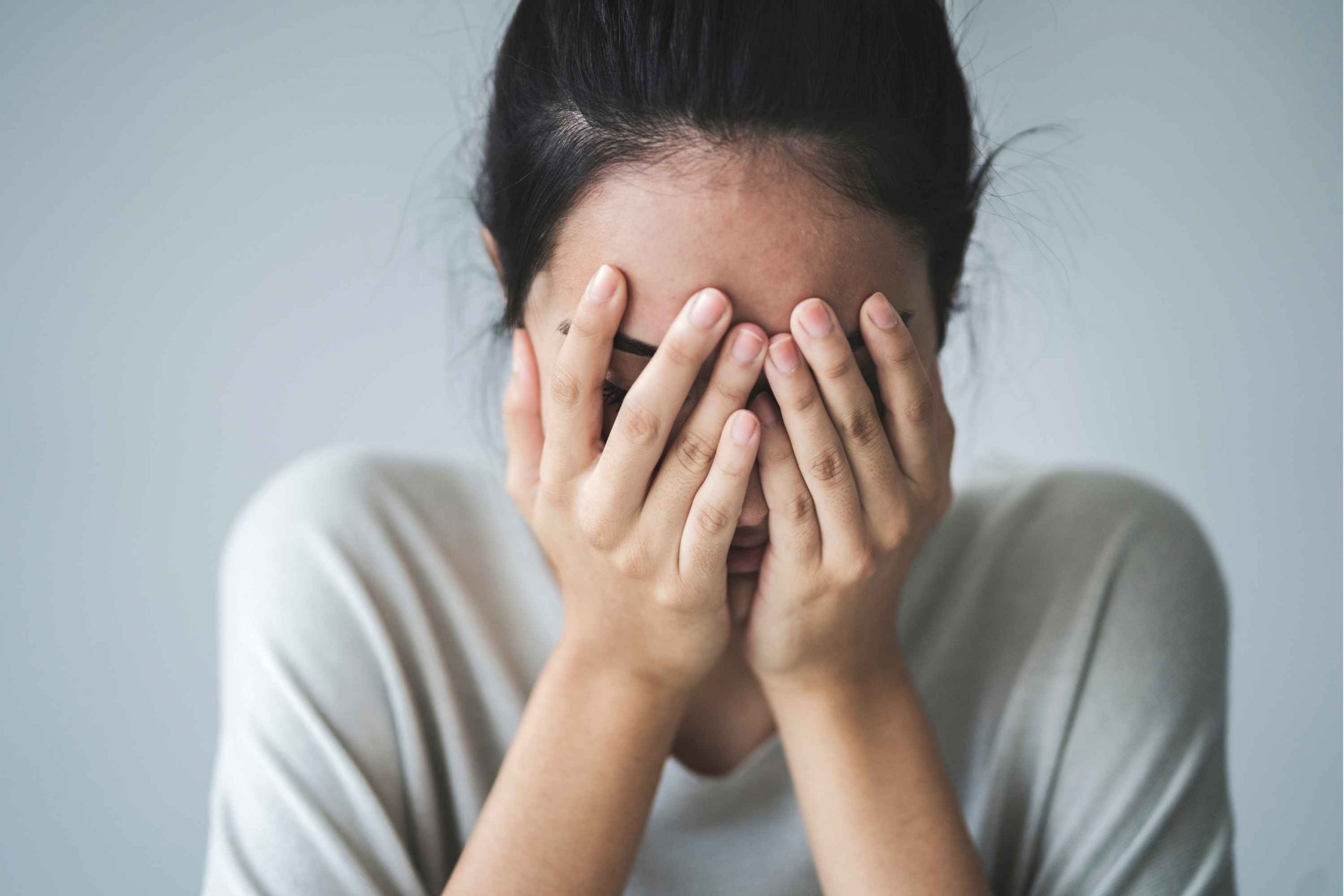
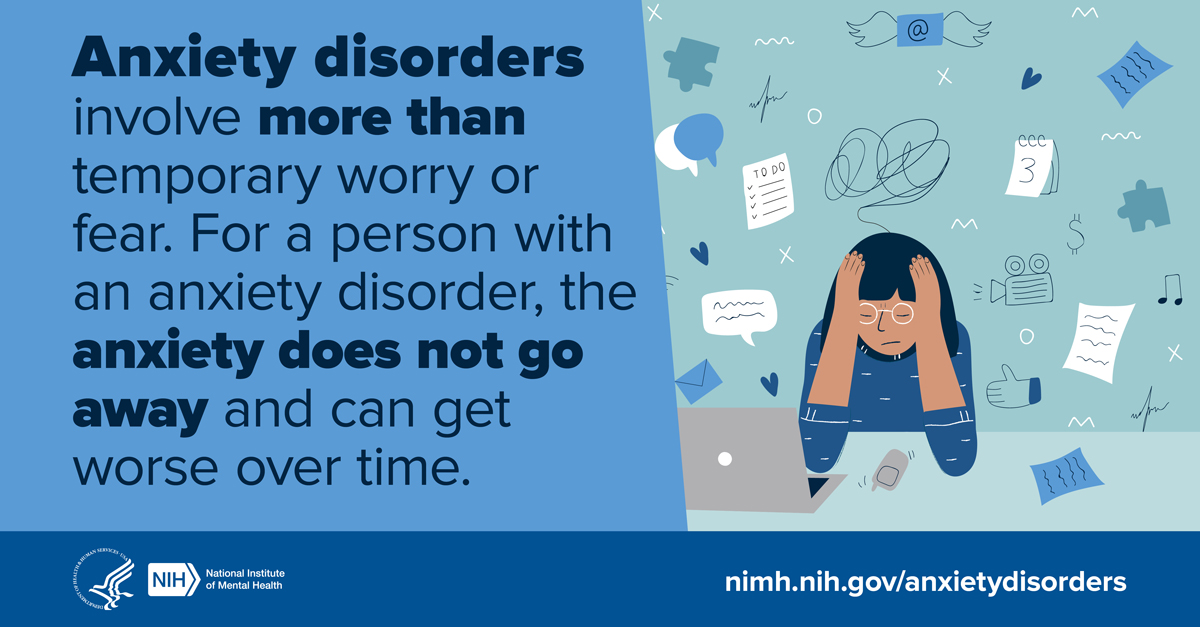
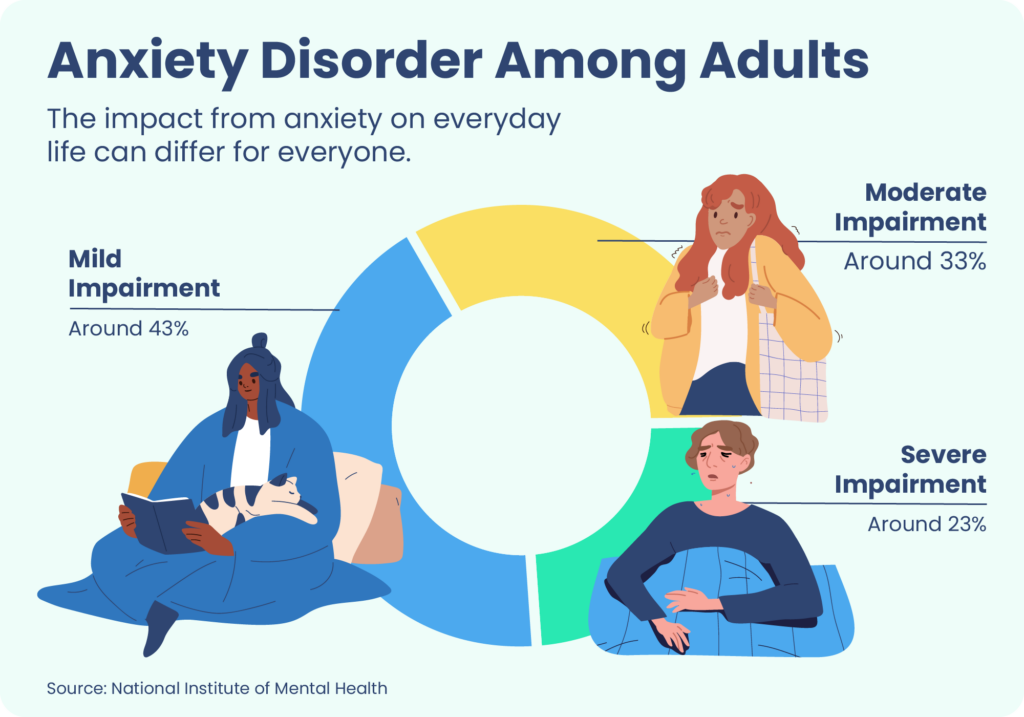
/depression-in-singapore-graphic-edited.jpg)
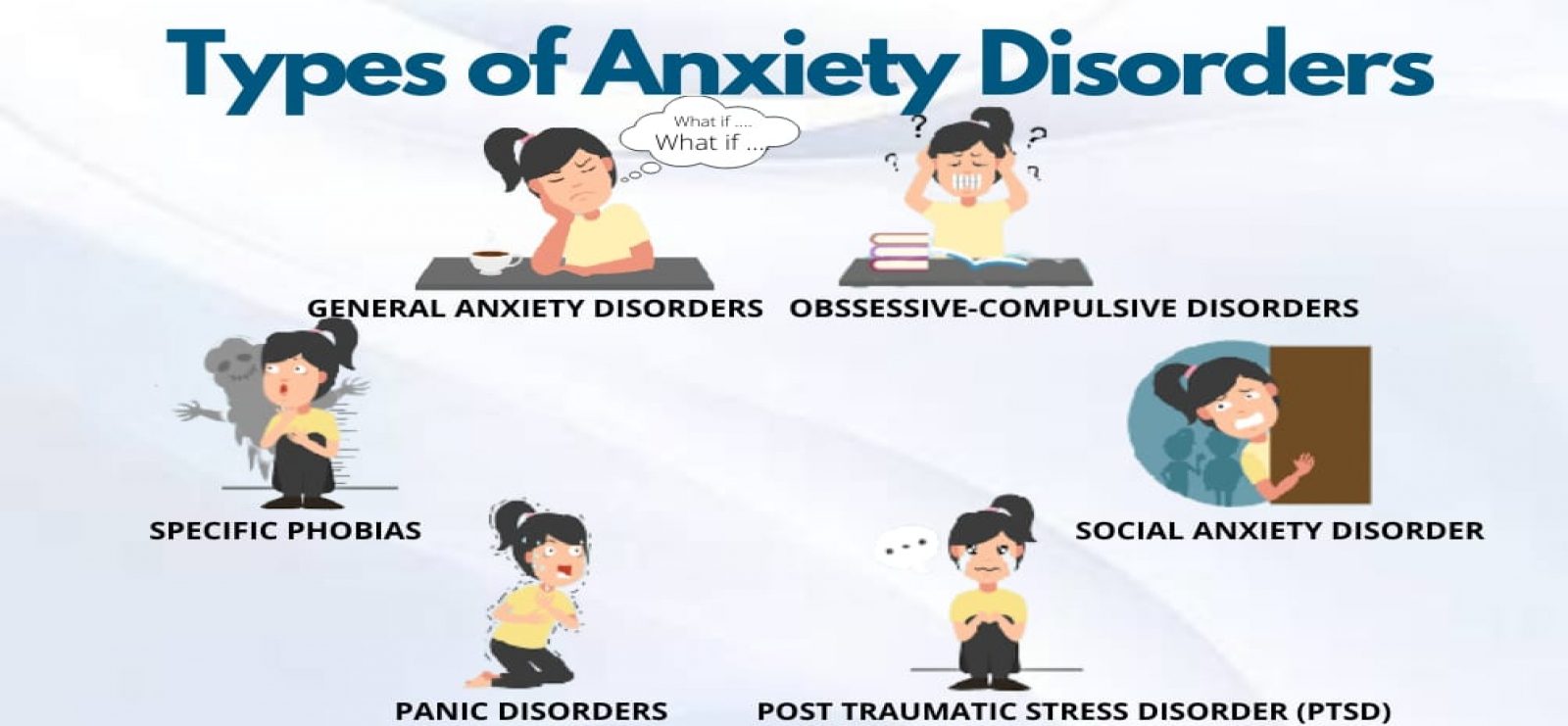
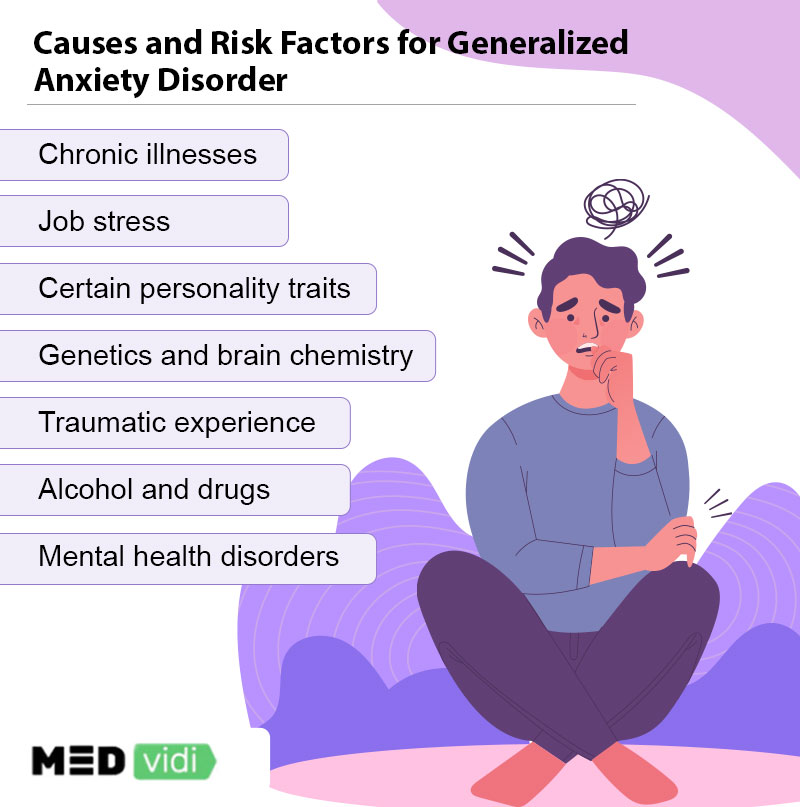
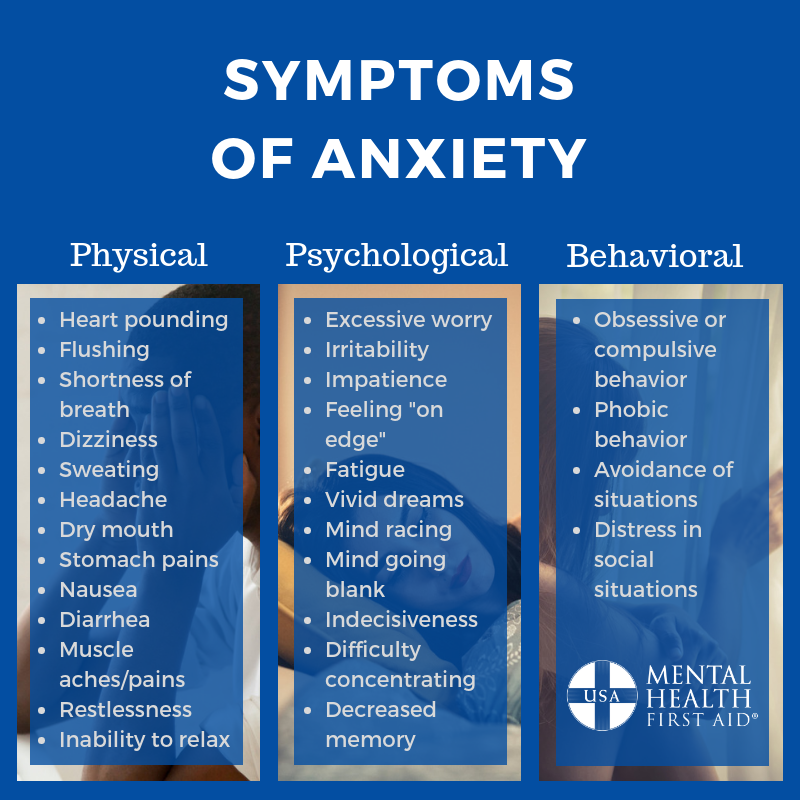

:max_bytes(150000):strip_icc()/generalized-anxiety-disorder-treatment-4171993-004f467a34c4479d8c50a74707e59477.png)

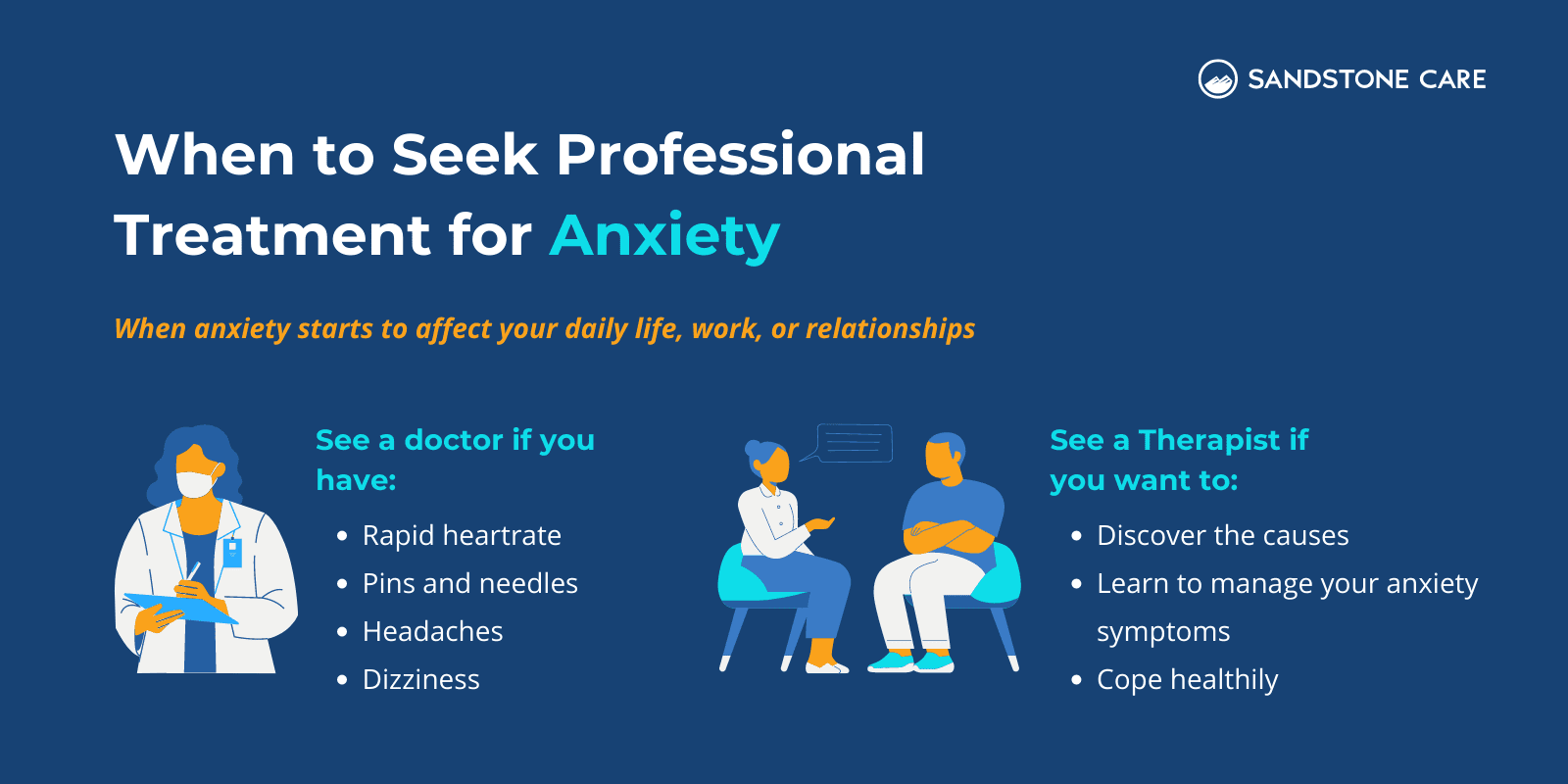

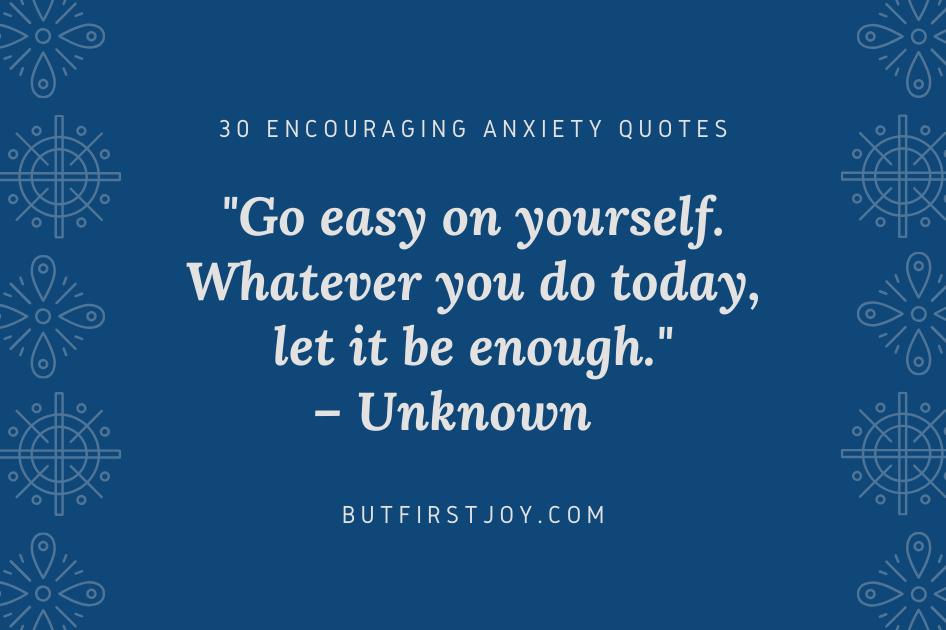
Comments
Post a Comment